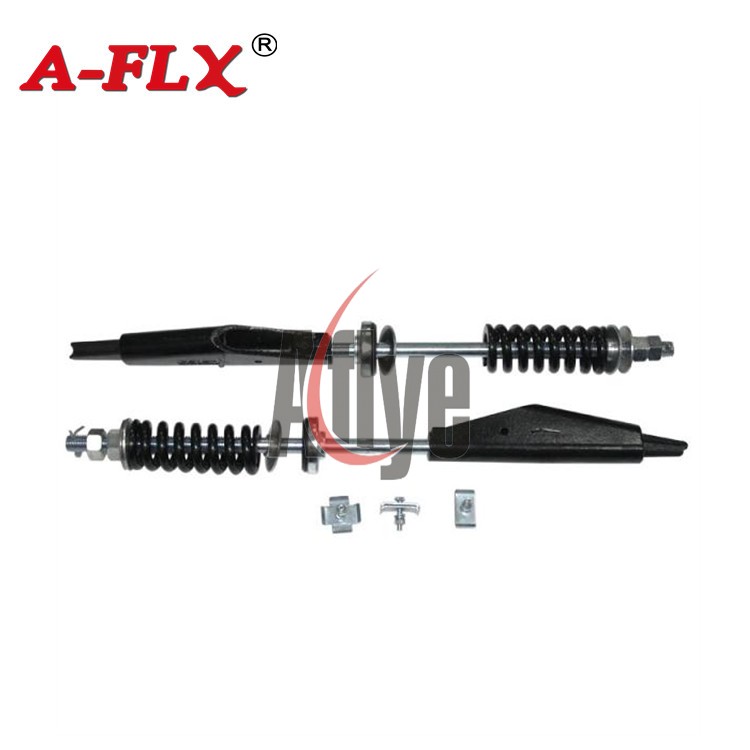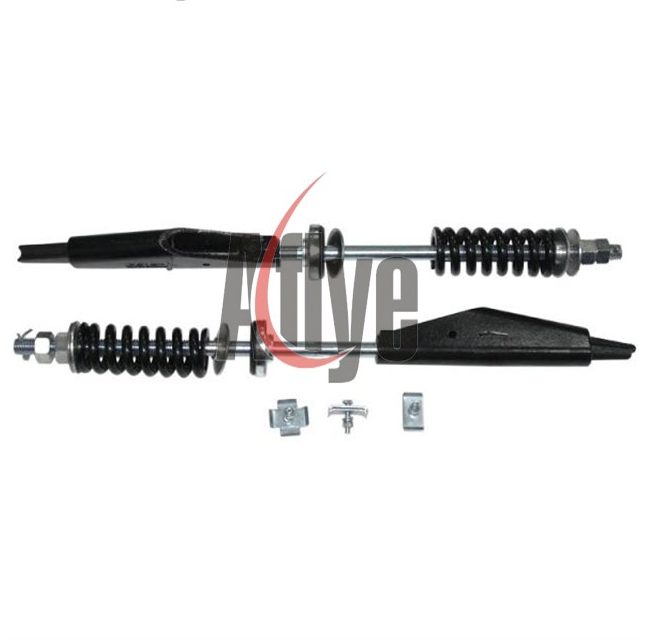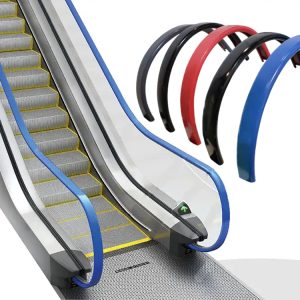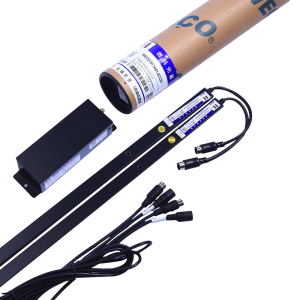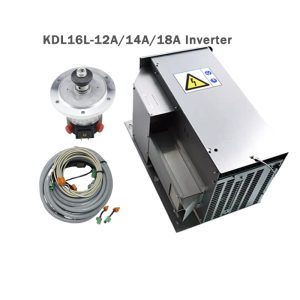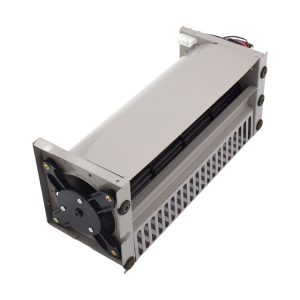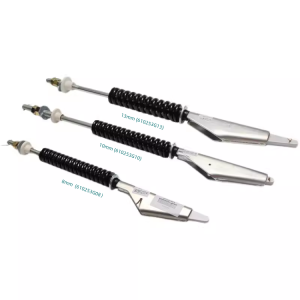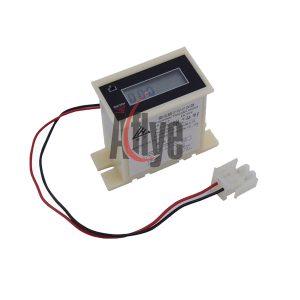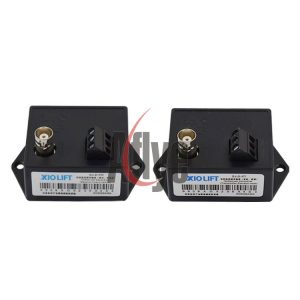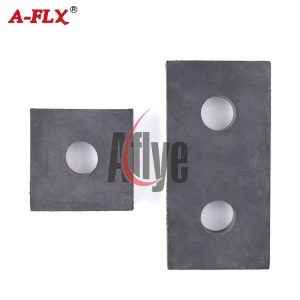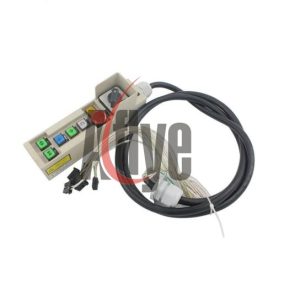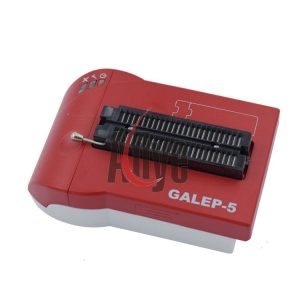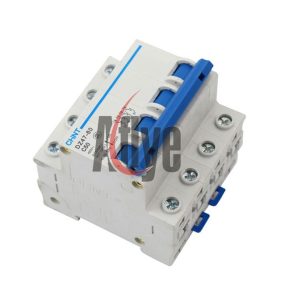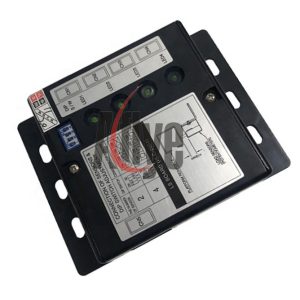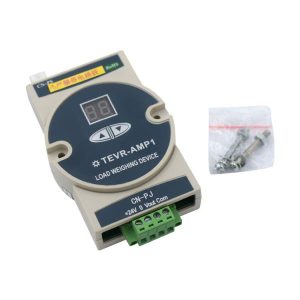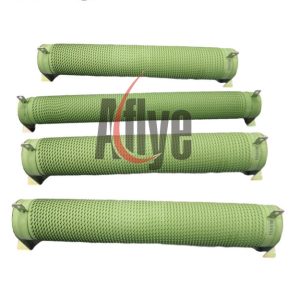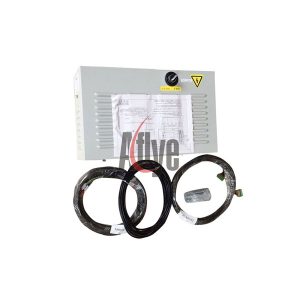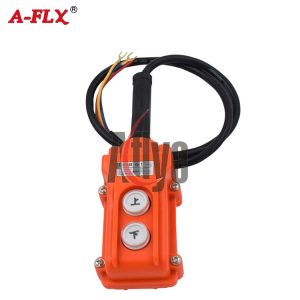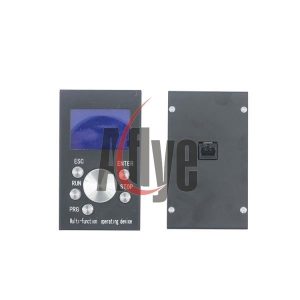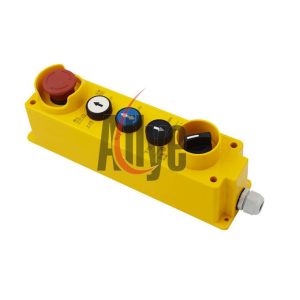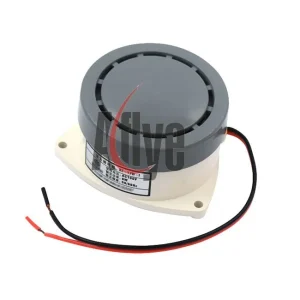Elevator Rope Fastening Fastener 12mm
Other Size: 8mm 9mm 10mm 12mm 13mm 14mm 16mm
Elevator rope fastening is a crucial process in the installation and maintenance of elevator systems. It involves securely attaching the elevator’s hoisting ropes to the car and counterweight, ensuring safe and reliable operation. Here’s an overview of the key components and steps involved in the process:
Key Components:
- Hoisting Ropes: Steel wire ropes that lift and lower the elevator car and counterweight. These ropes must be strong, durable, and correctly tensioned.
- Rope Sockets: Devices that connect the ropes to the elevator car and counterweight. They come in various types, such as wedge sockets or poured sockets.
- Rope Clips: Also known as wire rope clamps, these are used to secure the ropes around thimbles or other fittings, preventing slippage.
- Thimbles: Metal fittings placed inside the rope loop to prevent wear and deformation.
- Tensioning Devices: Tools or mechanisms used to adjust the tension of the ropes to ensure even load distribution and proper elevator operation.
Steps in Elevator Rope Fastening:
- Rope Measurement and Cutting: The ropes are measured to the required length and cut accordingly. Precision is essential to ensure even tension across all ropes.
- Rope Preparation: The ends of the ropes are prepared by unwinding and inserting them into the sockets or forming loops around thimbles.
- Socketing: The prepared rope ends are inserted into sockets. For wedge sockets, a wedge is driven into place to secure the rope. In the case of poured sockets, a molten metal or resin is poured to fix the rope in place.
- Securing with Rope Clips: If rope clips are used, they are tightened around the rope to secure it. The proper installation of rope clips is vital to prevent slippage and ensure safety.
- Tensioning: Once the ropes are fastened, tensioning devices are used to adjust the tension of each rope. This step ensures that the load is evenly distributed across all ropes and that the elevator operates smoothly.
- Inspection and Testing: After fastening and tensioning, the installation is thoroughly inspected and tested to ensure that the ropes are securely attached and that the elevator operates safely.
Safety Considerations:
- Regular Inspection: The fastening points and the condition of the ropes should be regularly inspected for wear, corrosion, or damage.
- Professional Installation: Rope fastening should be performed by qualified personnel following industry standards and manufacturer guidelines.
- Load Testing: After installation, load testing is often required to verify the safety and reliability of the fastening.
Proper elevator rope fastening is essential for the safe and efficient operation of the elevator system, and any issues in this process can lead to serious safety risks.
